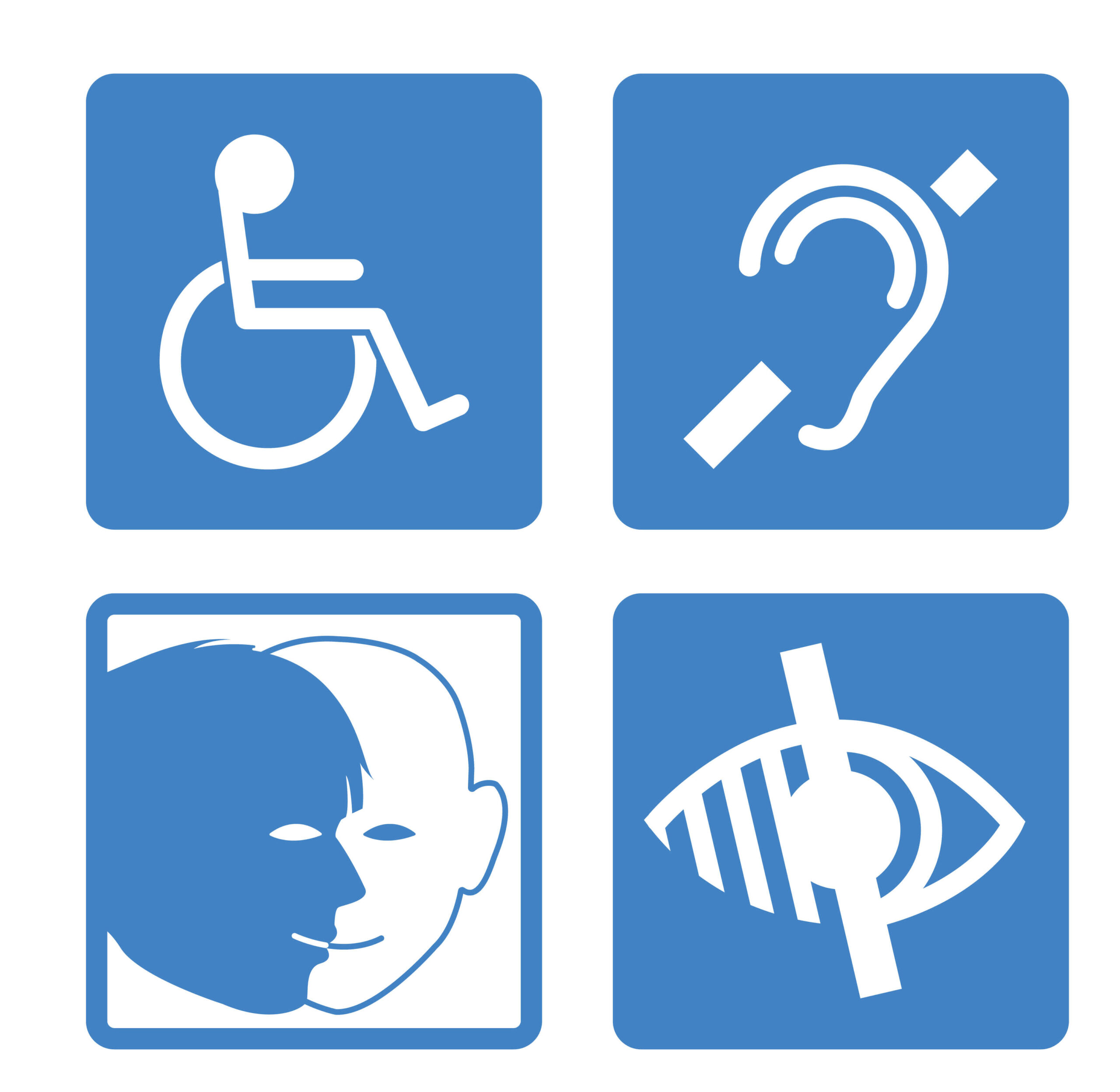
Several innovative accessibility products are available for people with reduced mobility. These products enable mobility-impaired people to safely bathe and use the bathroom while traveling. Some of these products are even compatible with Google Maps.
When designing products for people with limited mobility, keep in mind that the user may need to concentrate more on walking and balance than on using a product. Trying to use a product at the same time can result in confusion or even a fall. This is why designers should look into ways to minimize the demands on a user’s hands. In addition, the design of accessibility products should integrate seamlessly with the aesthetic of the product’s appearance.
Other Accessibilitéproducts for people with limited mobility include smartphones. Lookout, an Android app, offers quick-scan mode that skims text. Another AI-based product is Google’s Project Guideline, which lets blind people run by themselves. To use this product, the user needs to wear a harness around their waist and connect their Android smartphone to headphones to hear instructions.
Other accessibility products for people with limited mobility include advanced technology walking products. Advanced technology walking products allow people with cerebral palsy and paraplegia to get around with ease. Similarly, a standing wheelchair improves standing position and provides comfort while sitting. Adaptive wheelchair tires help a person move on soft surfaces. Moreover, some of these assistive products can help people complete daily activities like shopping and using the bathroom.
Accessibility products are designed to make people with reduced mobility feel more comfortable and independent.
The 5 benefits of accessibility products for people with reduced mobility are:
– Improved safety,
– Enhanced independence,
– Increased convenience,
– Improved quality of life
– Increased confidence.
Stairs can pose a serious hazard to people with limited mobility. Even single-story ranch homes may have one or two steps leading to a doorway or interior landing in the living room. Fortunately, there are several kinds of wheelchair ramps available for every need. Portable ramps are useful for quickly converting any step into a wheelchair accessible entrance. Threshold ramps are ideal for making any entryway accessible.
Alternative pointers can be found in mainstream computer stores and supply catalogs. Handheld pointing devices and external touchpads allow people with reduced mobility to operate a computer by simply speaking. They can even adjust the temperature, dim the lights, and even turn on music. Voice-activated software also helps people with reduced mobility navigate the web and applications. Users can even simulate clicking a mouse to type. One of these products is the Roller Joystick, a wheelchair-mounted joystick.
Accessibility modifications are essential to enable people with decreased mobility to navigate buildings and surfaces of various heights. The use of ramps, for example, can make it easier for those with limited mobility to access certain floors. Others may find that stair lifts are more convenient for them than climbing stairs. Stairs can also be made easier for those with reduced mobility by special handrails. For these purposes, accessibility products are essential.




